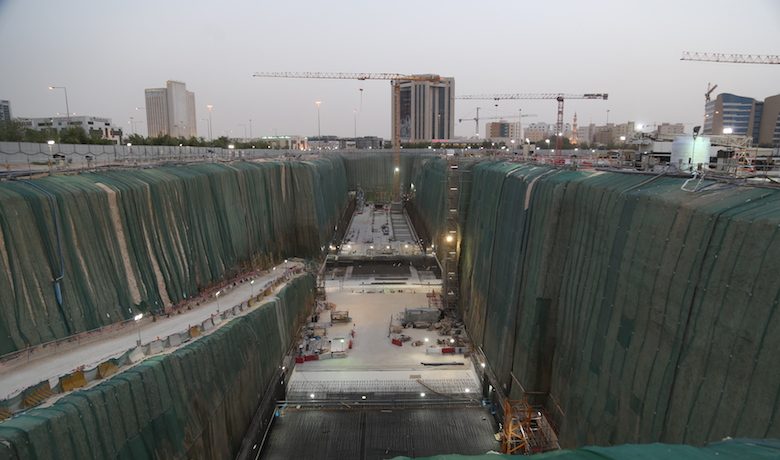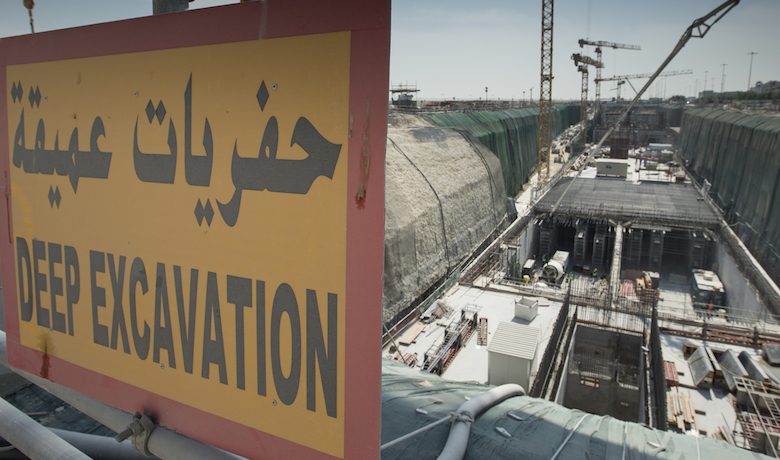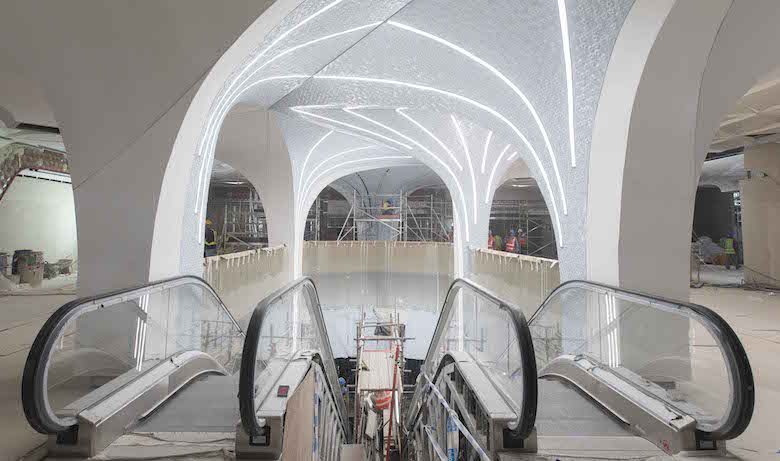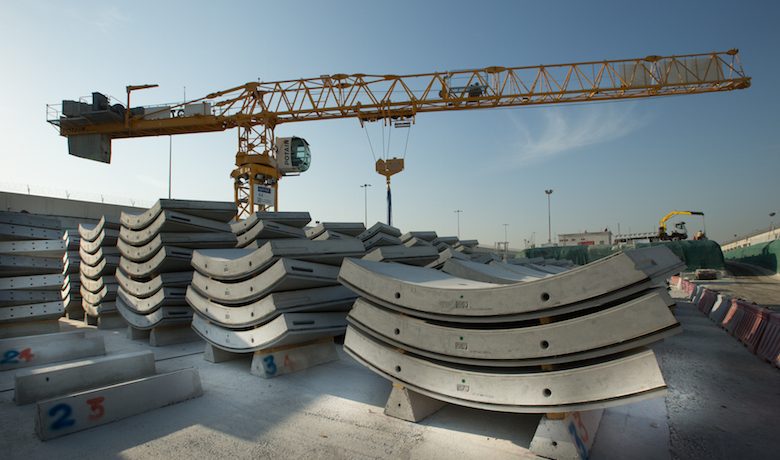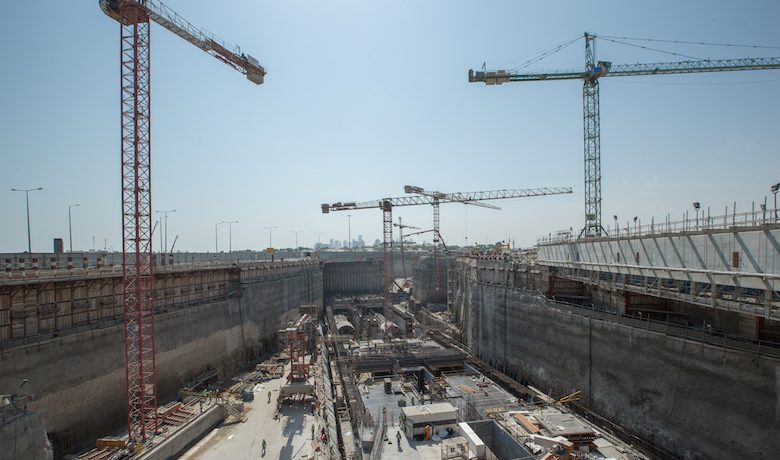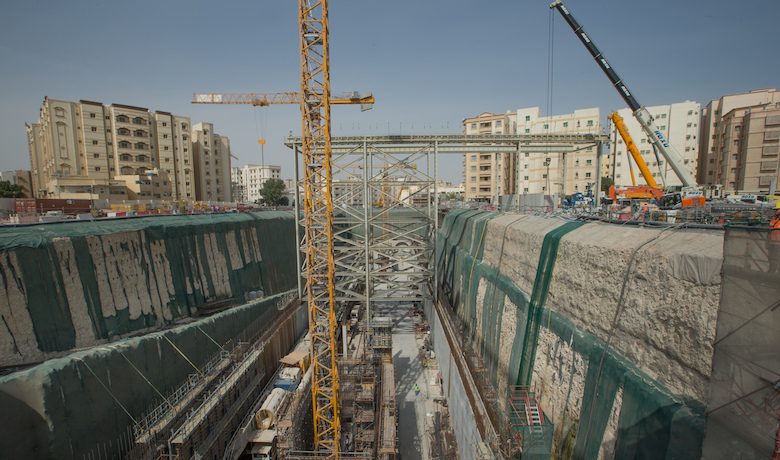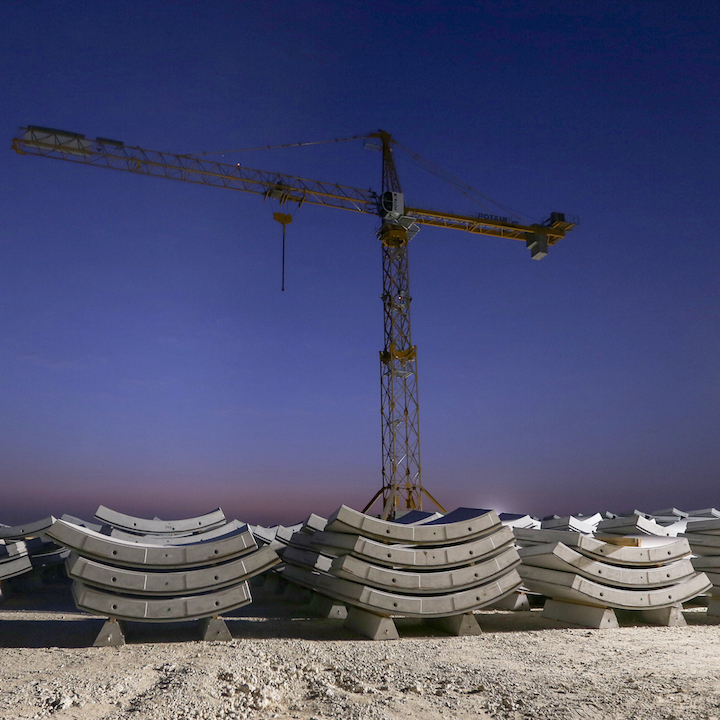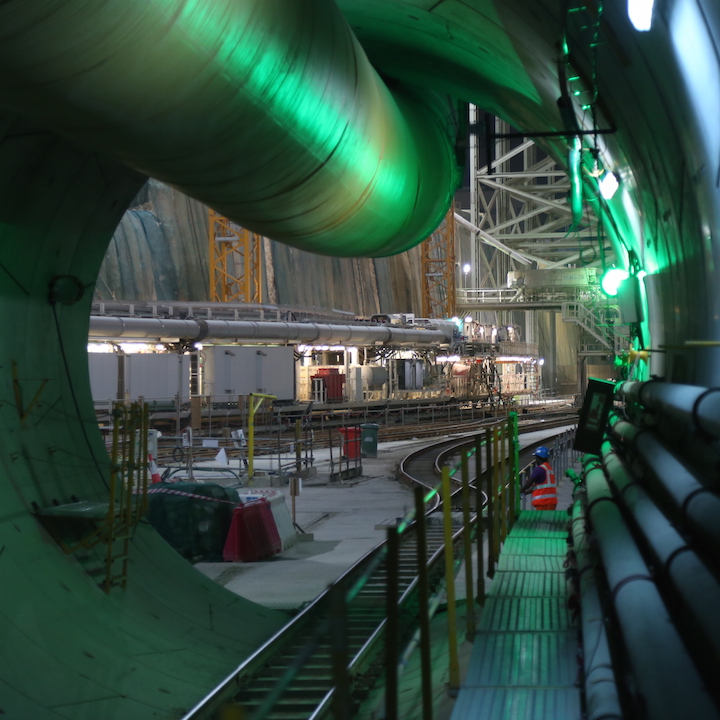BACKGROUND
Doha, Qatar’s capital and largest city, is home to nearly half of the country’s population. It has experienced soaring growth, both economically and demographically. From 2004 to 2006, its population grew by more than 30,000, triggering a property boom and the development of outlying cities. Congestion due to back-and-forth traffic has become a daily reality in Doha; accordingly, the development of a public rail-transit system has become a necessary solution – a solution that is also modern, reliable, and environmentally friendly.


